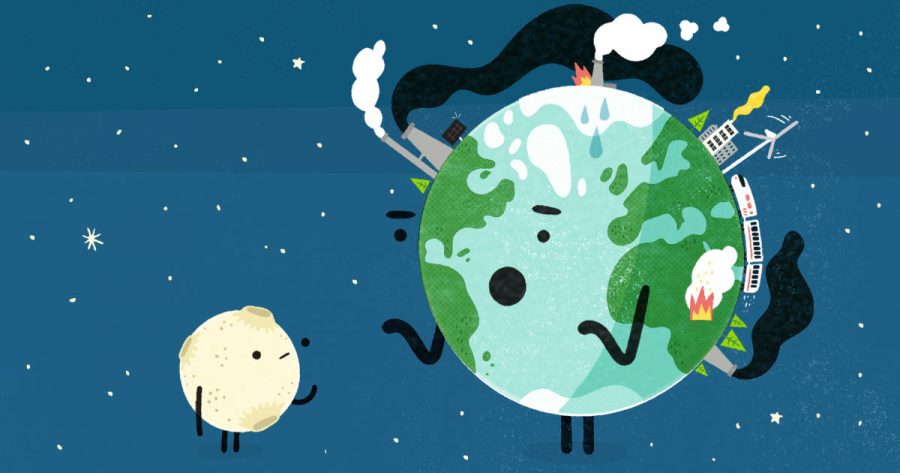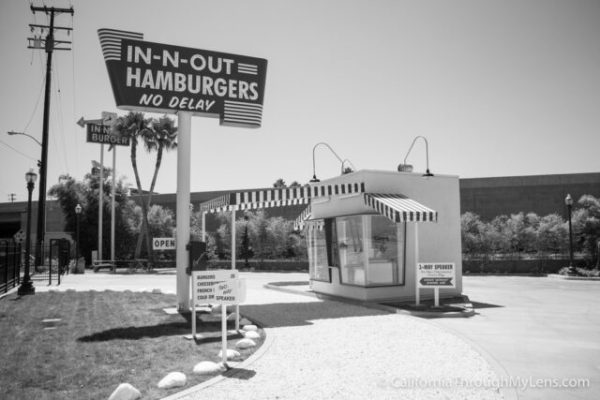Historic Fire Season Reveals A Climate Crisis
Global warming is a crisis that keeps become more and more relevant.
November 6, 2020
Living in California, we all are familiar with the state’s famous “fire season,” which has been growing longer and more severe in the last few years. With more and more dangerous and threatening wildfires impacting communities in California, people are curious and worried at the rapid increase in burned acres and structures. This year alone, 4.2 million acres have been burned in the states of California. This reveals the severe and increasingly tangible impacts of global warming and climate change.
Global warming is caused by carbon dioxide and methane that get trapped in the atmosphere and does not allow heat to escape. This is referred to as the greenhouse effect. Although it is normal to have some greenhouse gasses in the atmosphere to keep the Earth warm, the extensive amount of greenhouse gas is causing the Earth to warm considerably.
According to the National Aeronautics and Space Administration (NASA), “The burning of fossil fuels like coal and oil increases the amount of CO2 in our air. This happens because the burning process combines carbon with oxygen in the air to make CO2.” Scientists are constantly checking the carbon dioxide levels because too much of it causes extreme warming. Several NASA missions have been conducted to study the carbon dioxide in the atmosphere as well.
Today, the Earth is warming much faster than has ever been recorded in history. NASA also states that “The Earth’s surface has gone up two degrees Fahrenheit in the last century. In fact, the past 5 years have been the warmest five years in centuries. One and a half degrees may not seem like much. However, this change can have big impacts on the health of Earth’s plants and animals.”
According to some studies, another sign of global warming is demonstrated by the change in the Arctic Ice Caps. Every summer the Arctic ice shrinks but in the winter grows back. In 1979, the ice stopped getting back to its full size and continues to get smaller and smaller. This proves that the small
est amount of warming can have a huge effect over several years.
The increasing heat is changing snow and rain patterns. This increases the likelihood that fires will start more often and will burn more widely and intensely, as dry brush areas and forests fall victim to wildfires. Fire season typically ends around October when the weather starts to get cooler and wetter, however, in recent years rain has arrived later and later in California, meaning fire season is lasting longer.
According to the New York Times, “climate change forecasts suggest that there will be less rain in Southern California in the fall in the future, and more rain in December and January. That means fires could continue later into the fall, greatly extending the fire risk season.” As the air gets warmer and drier the soil and vegetation also get drier, allowing flames to ignite more easily. As these areas remain dry and constantly in flames, the likelihood of certain regions growing back decreases, and many areas could take years to recover.
This, coupled with decades of government mismanagement of forests and investment in fire suppression, rather than prevention has contributed to the consistent and increasingly devastating wildfires in California. State and federal governments must take action and invest in fire prevention such as forest management agencies that help combat the effects of climate change in California.
The opinions in The Scroll’s editorials are strictly the views of the writers of the staff or outside submissions. The views do not represent or reflect the opinions or policies of Saugus High School or the William S. Hart School District. The Scroll welcomes all reactions and outside submissions to share alternative views.










